Known for marking the transition from the middle ages to the early modern period, the Italian Renaissance revolutionized many aspects of our society. Although predominantly associated with art, it also shaped architecture, science, education, and music for centuries afterwards.
Beginning as early as the 14th century and ending as late as the 17th century, the Renaissance spread from Italy all over western Europe. Many scholars describe the Renaissance as a rebirth of classical culture and Renaissance architecture reflected this interest.
Renaissance buildings revived styles from ancient Rome, including columns, arches, and domes. In this article, we have listed some of the most stunning Renaissance palaces where you can admire these features in person.
12 Renaissance Palaces to Visit
Longleat (Wiltshire, England)
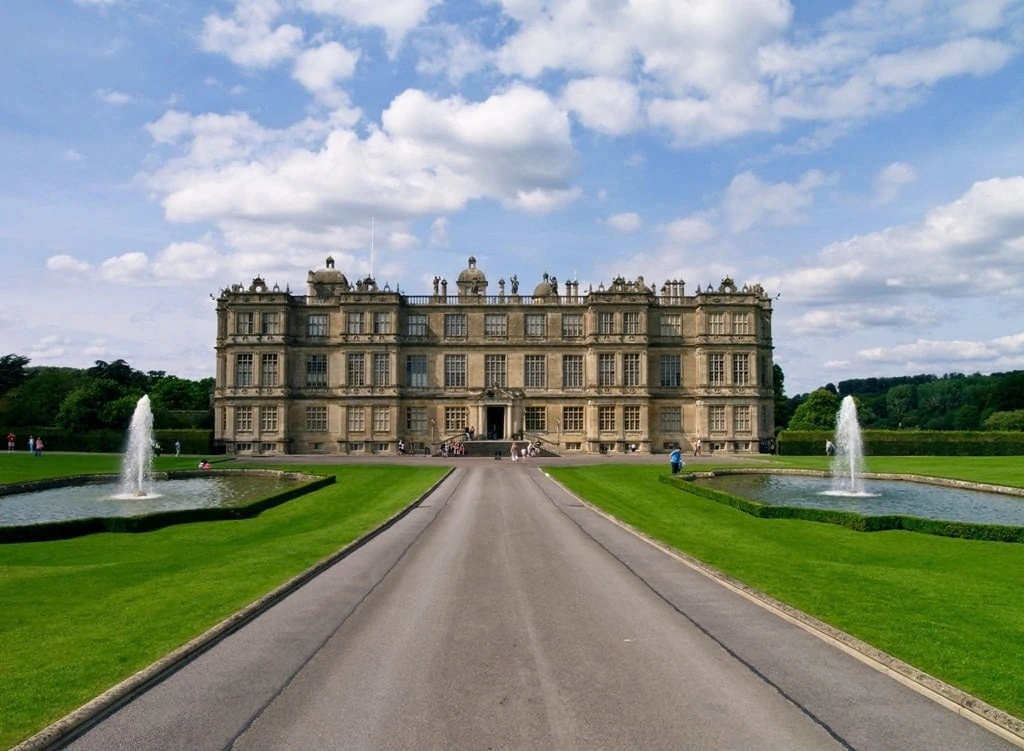
Have you ever heard of a “prodigy house”? Just as grand as they sound, these English Renaissance houses are elaborate buildings, often created for Elizabeth I and her entourage as they traveled around the country. Longleat is a lovely example that has its own country house, maze, landscaped park, and even a safari park.
Château de Chambord (Chambord, France)
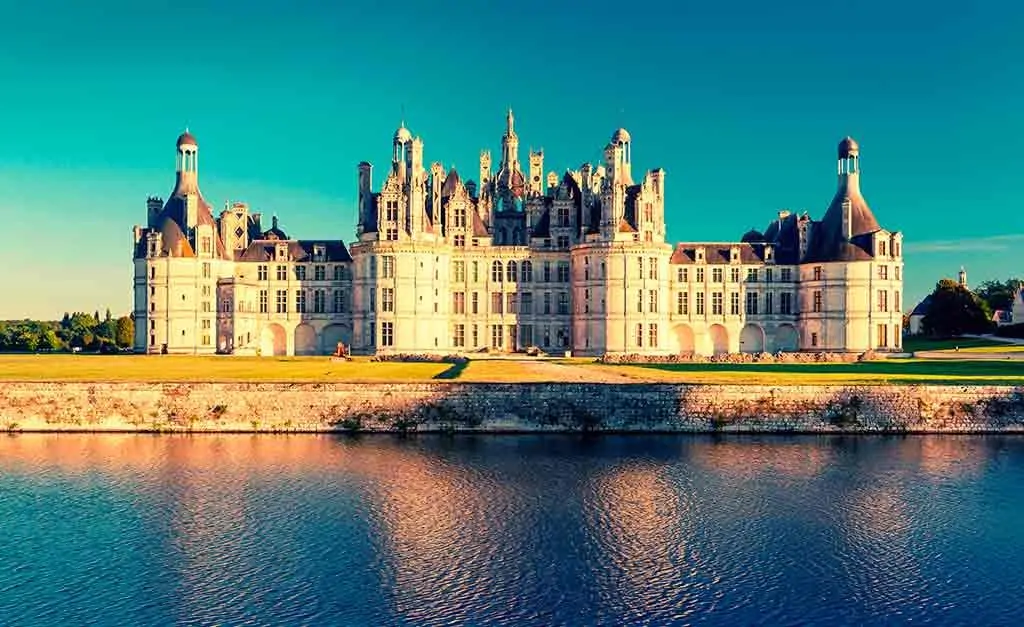
A château is a grand manor or country house for nobles or gentry and there are many beautiful châteaux in France. One of the best examples of French Renaissance architecture, which blends French medieval with classic Renaissance styles, is the Château de Chambord. Built in the first half of the 16th century, it is now a UNESCO World Heritage Site and welcomes hundreds of thousands of visitors each year.
Château de Chenonceau (near Chenonceaux, France)
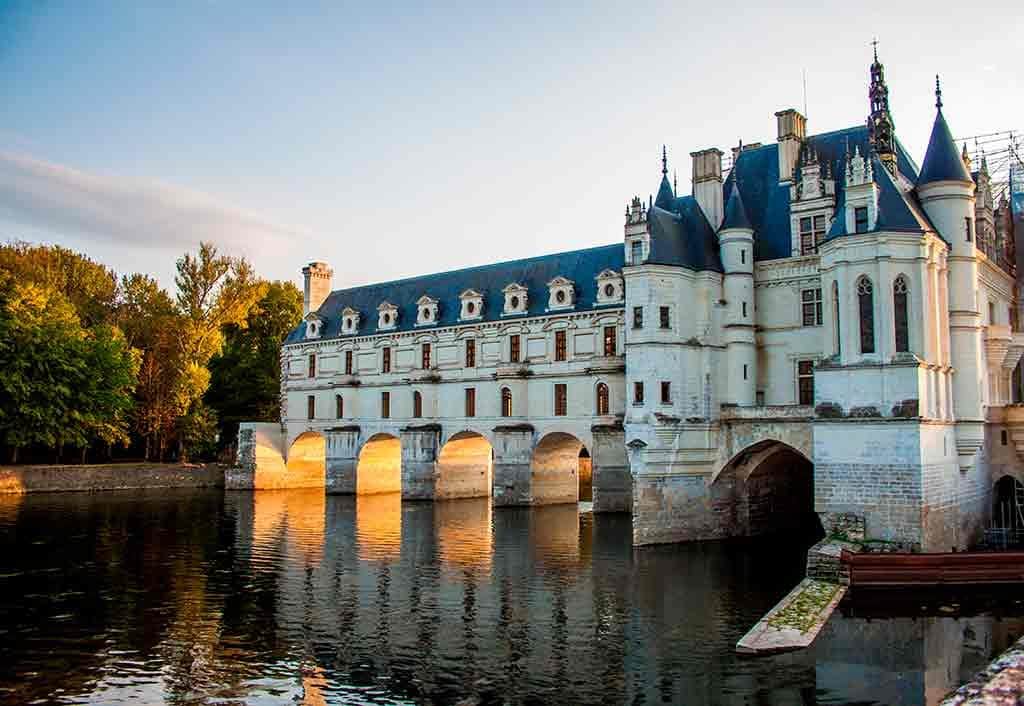
This château has a particularly exquisite and unique setting as it lies across the Cher River in the Loire Valley. Although the estate has existed since the middle ages, the château was built in the early 16th century and includes beautiful gardens alongside the river. Only the Palace of Versailles receives more visitors than this stunning Renaissance palace in France.
Palace de Fontainebleau (Fontainebleau, France)
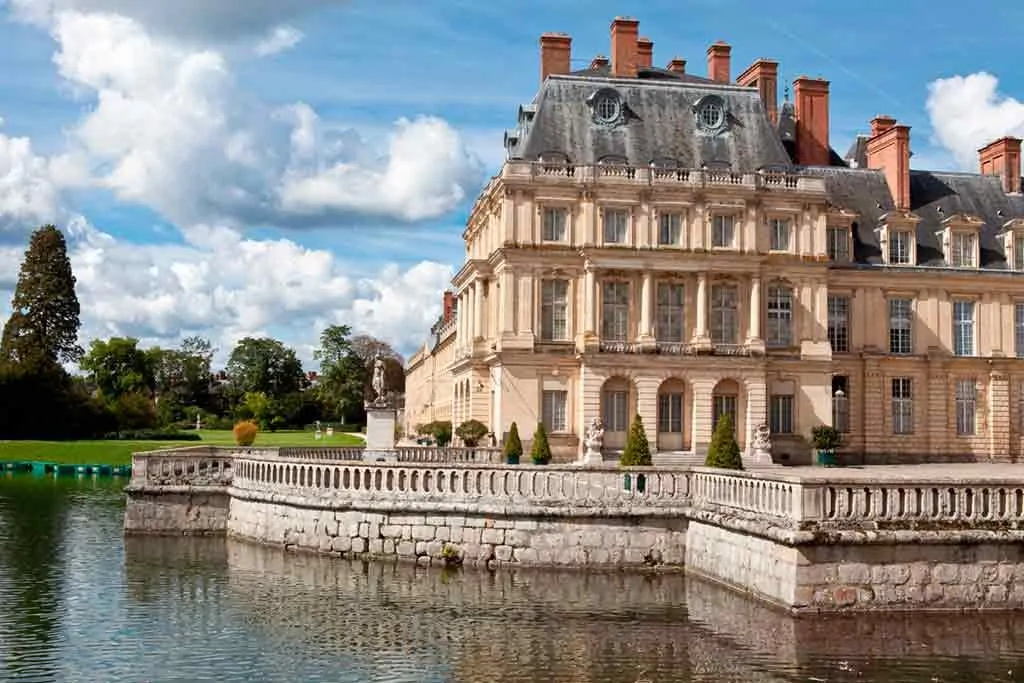
One of the largest of the French châteaux, the Palace de Fontainebleau is less than 50 miles from Paris. It is a Renaissance palace built in the 16th century, mostly replacing the medieval castle formerly on the site. But the architect, Gilles Le Breton, kept the donjon from the middle ages and incorporated it into the new design. The Palace de Fontainebleau is now a national museum and UNESCO World Heritage Site.
Check out the best castles and palaces near Palac
Royal Palace of Lithuania (Vilnius, Lithuania)
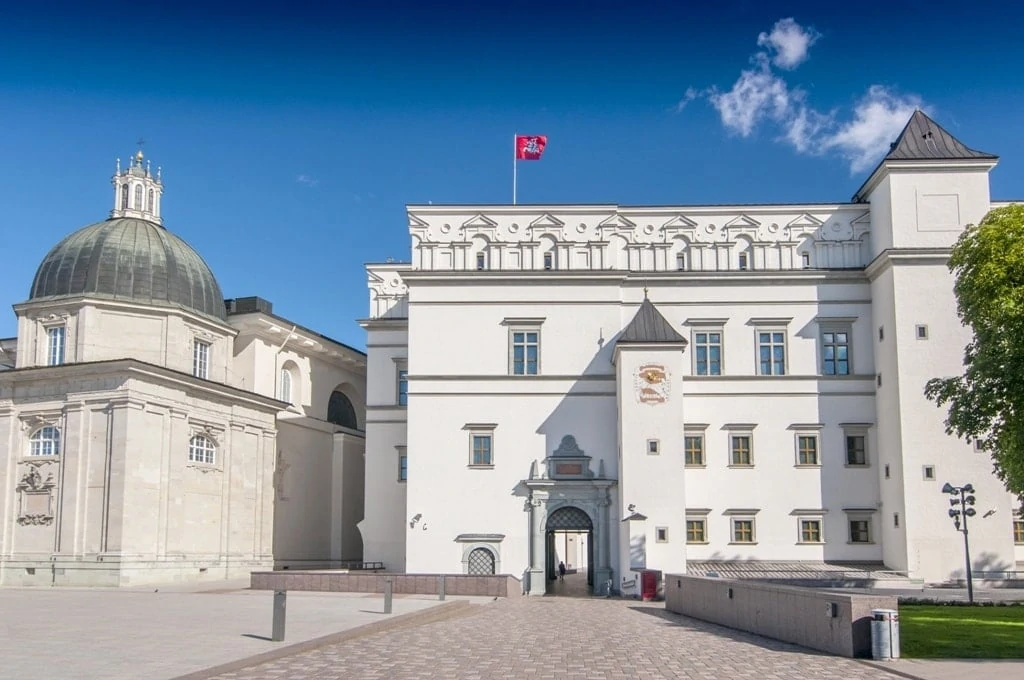
The royal palace has a complex and somewhat turbulent building history. Its story begins with a stone palace built on the site in the 15th century, possibly to replace a former wooden palace destroyed by fire.
The building was renovated in Renaissance and Baroque styles over the years before being demolished in 1801. Unwilling to let it disappear forever, the Lithuanian government had the palace rebuilt in a Renaissance style in the early 21st century.
Palazzo Pitti (Florence, Italy)
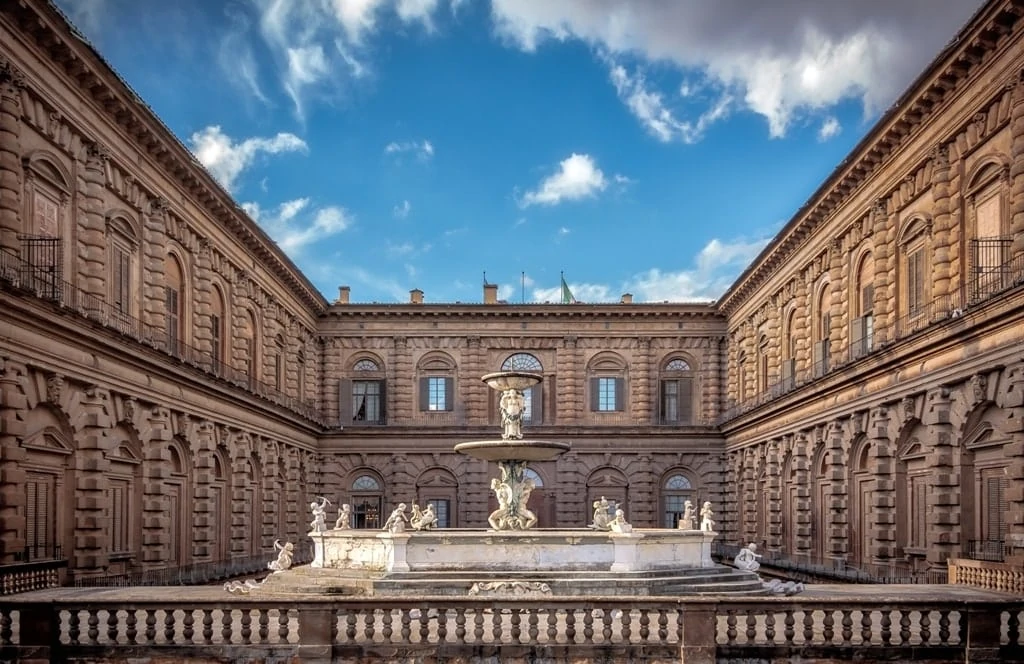
A short walk from the Ponte Vecchio, the Palazzo Pitti is a large, 15th-century palace that was originally the home of a wealthy banker. The Medici, another banking family, purchased it in the 16th century and made it their chief residence while they were the ruling family of Florence. It is now an elaborate museum complex of 32,000 square meters and is directly next to the beautiful Boboli Gardens.
Palazzo Medici (Florence, Italy)
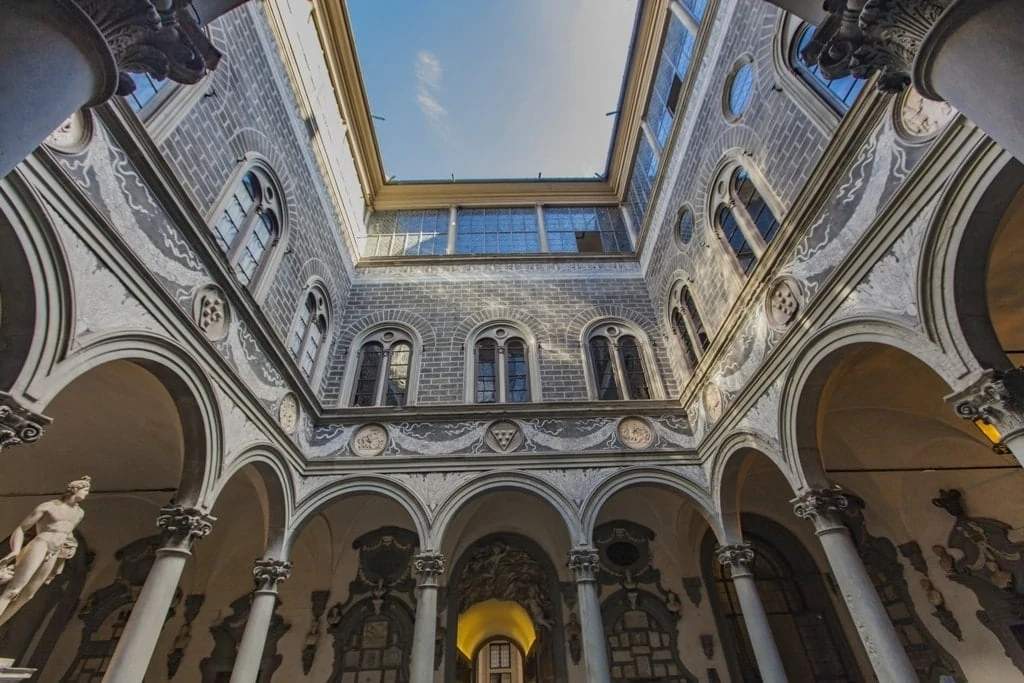
Also located in Florence, the most famous Renaissance city, the Palazzo Medici was designed and constructed specifically for the Medici family in the 15th century. Although the outside is more modest than some palaces, the inside is richly decorated and includes priceless Renaissance artwork, particularly in the Magi Chapel.
Palazzo Ducale (Urbino, Italy)

Many Italian cities have a palazzo ducale or ducal palace, but one of the most magnificent is in Urbino, a hillside town close to the eastern coast of Italy. Built in the 15th century for Duke Federico II da Montefeltro, the government continued to use the palace into the 20th century.
It is a UNESCO World Heritage Site and home of the Galleria Nazionale della Marche, an important collection of Renaissance art.
Palazzo Farnese (Rome, Italy)
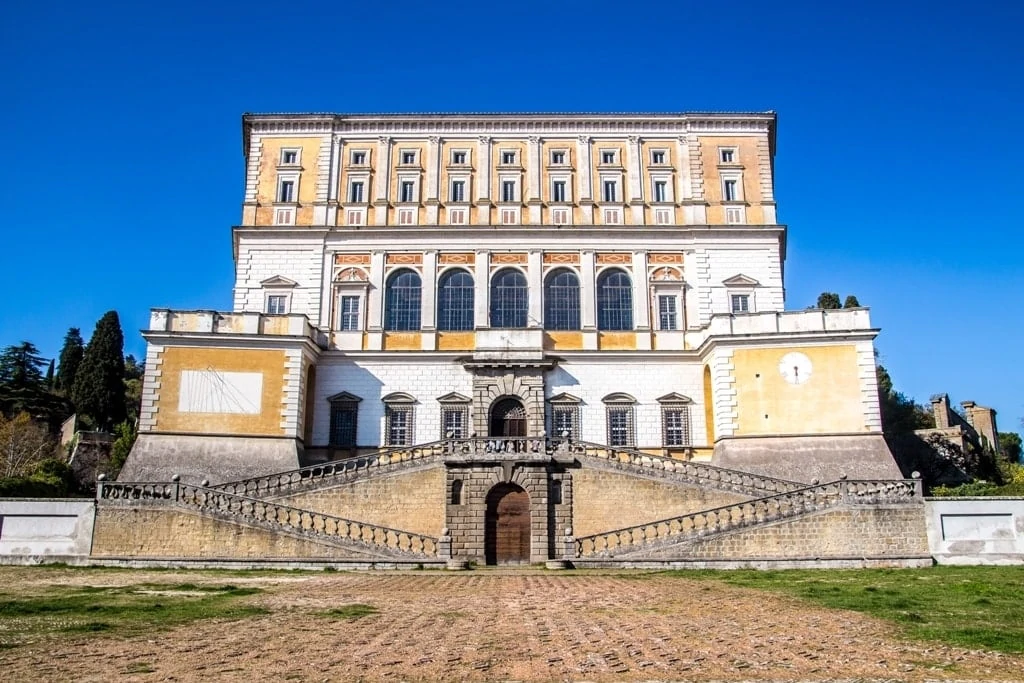
This High Renaissance palace was designed in the 16th century for the Farnese family and has been called “the most imposing Italian palace of the 16th century.”
Prominent architects and artists, including Giacomo della Porta and Michelangelo, worked on the design and decorations. Much of the building’s original art is housed at museums in Naples, while the structure itself serves as the French embassy in Italy.
Palacio de Monterrey (Salamanca, Spain)
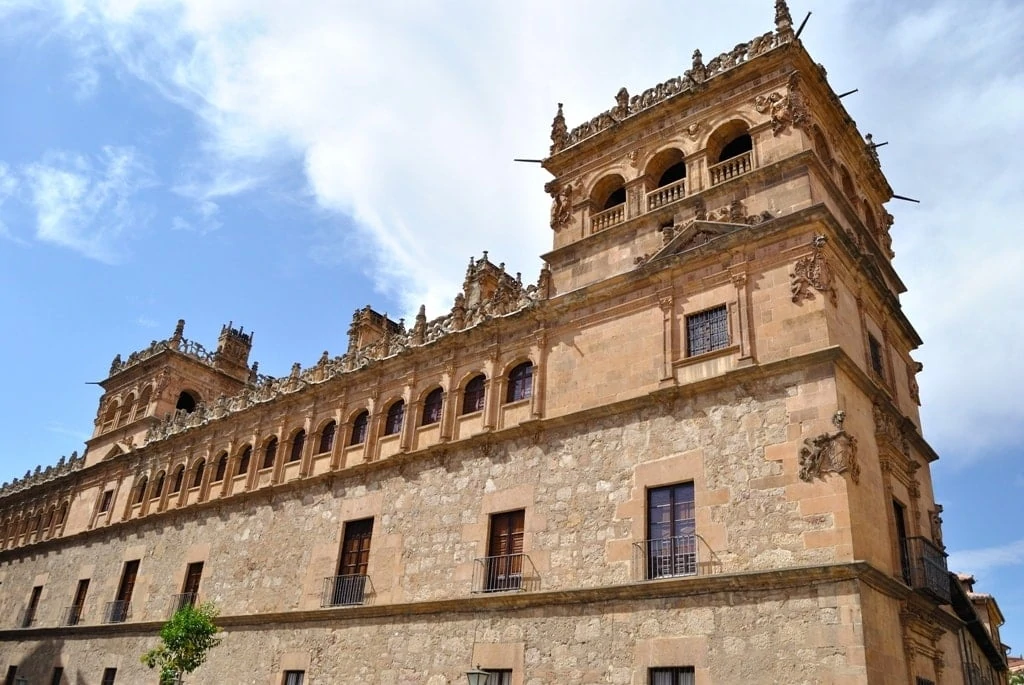
Rodrigo Gil de Hontañón and Fray Martín de Santiago designed this sixteenth-century structure for the third Count of Monterrey. Although the original design could not be completed, admirers will enjoy its masonry walls, chimneys, and towers. The interior houses art from the Casa de Alba Foundation collection, including oil paintings by Titian and Salvator Rosa.
Palacio de los Guzmanes (León, Spain)

This stately Renaissance building was designed in the 16th century, also by Rodrigo Gil de Hontañón. The aristocratic and powerful Guzman family commissioned it and it is now the seat of the Provincial Government of León. The building features three stories, a two-story courtyard, and square towers at each corner.
Palace of Charles V (Granada, Spain)
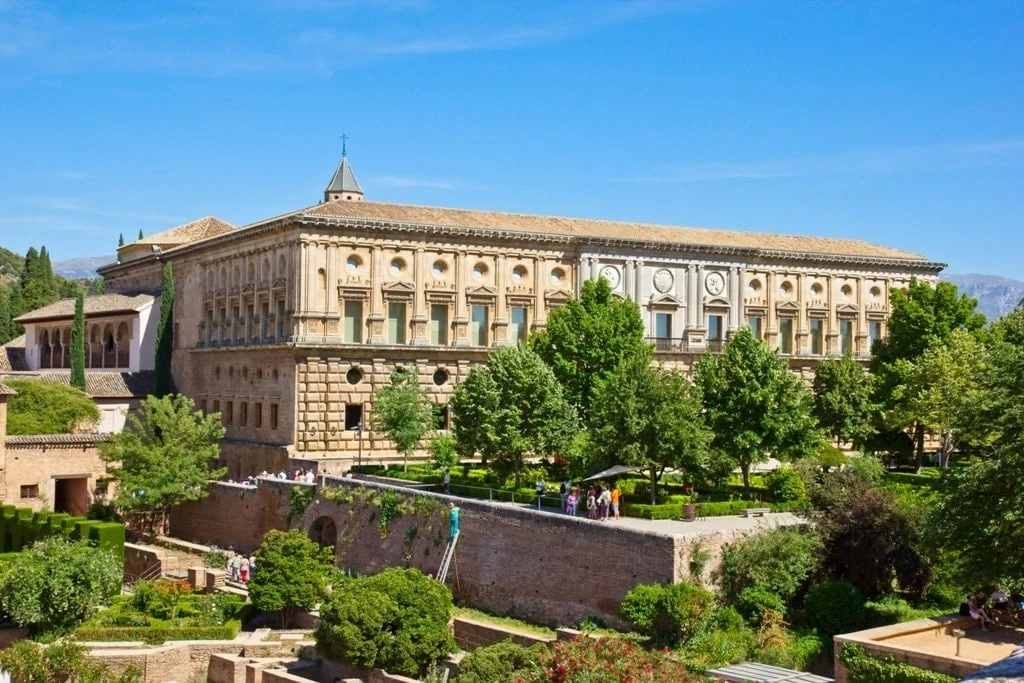
The Palace of Charles V is a gem in the southern part of Spain. It is named after Charles V (1500-1558), the Holy Roman Emperor who wanted it built as his permanent residence.
Although this Renaissance palace has some features typical of the 16th century, it also includes a circular patio – a feature previously unseen in Renaissance architecture. Even more bizarre is the fact that the palace was not completed and actually remained without a roof for four centuries.
